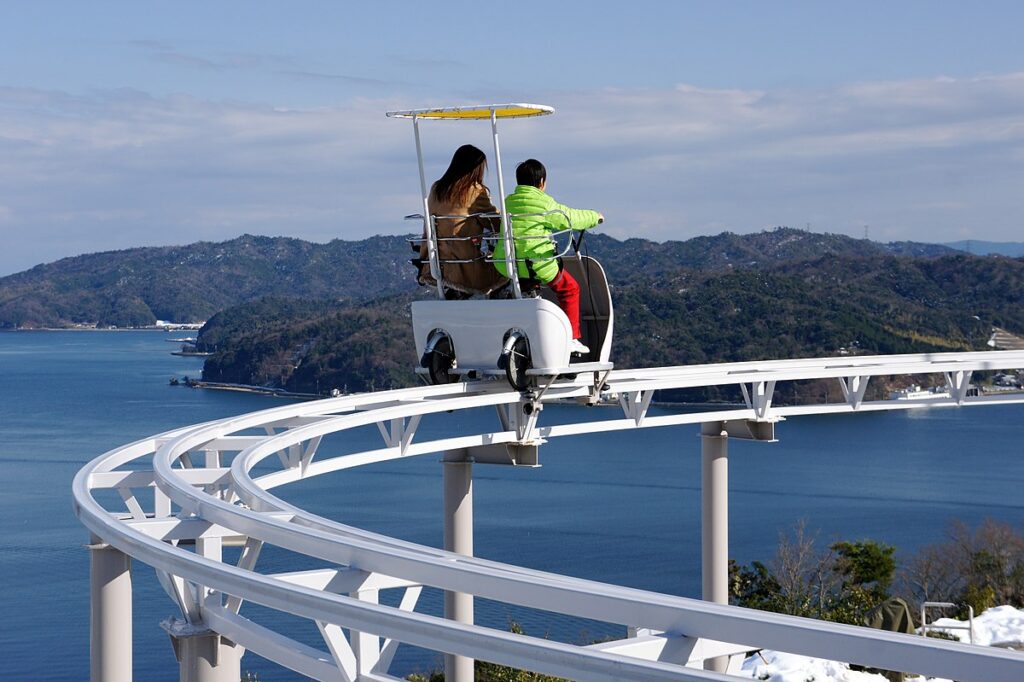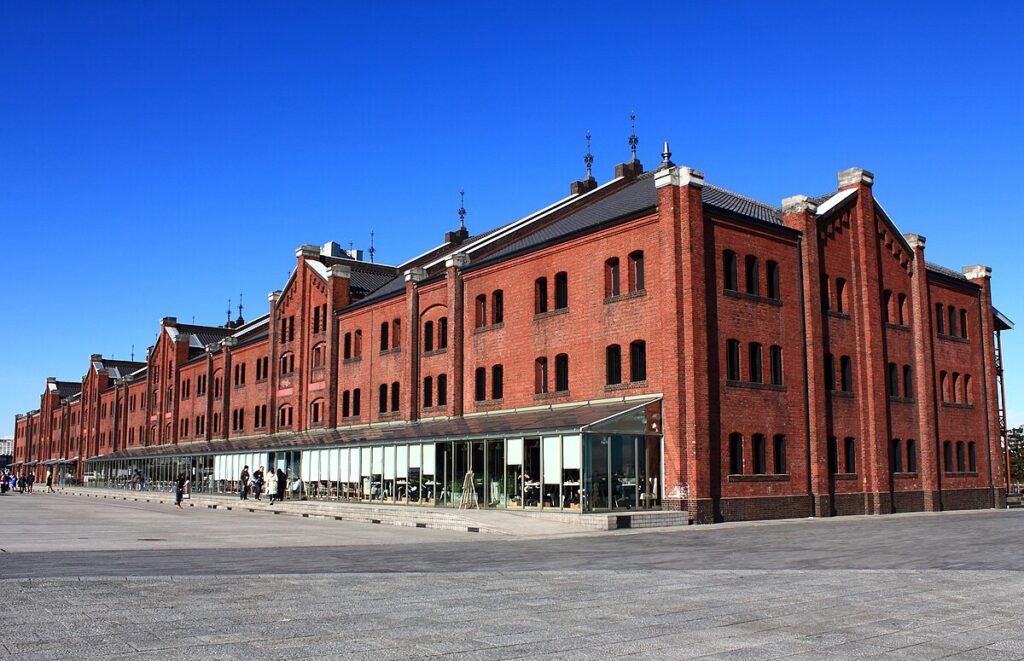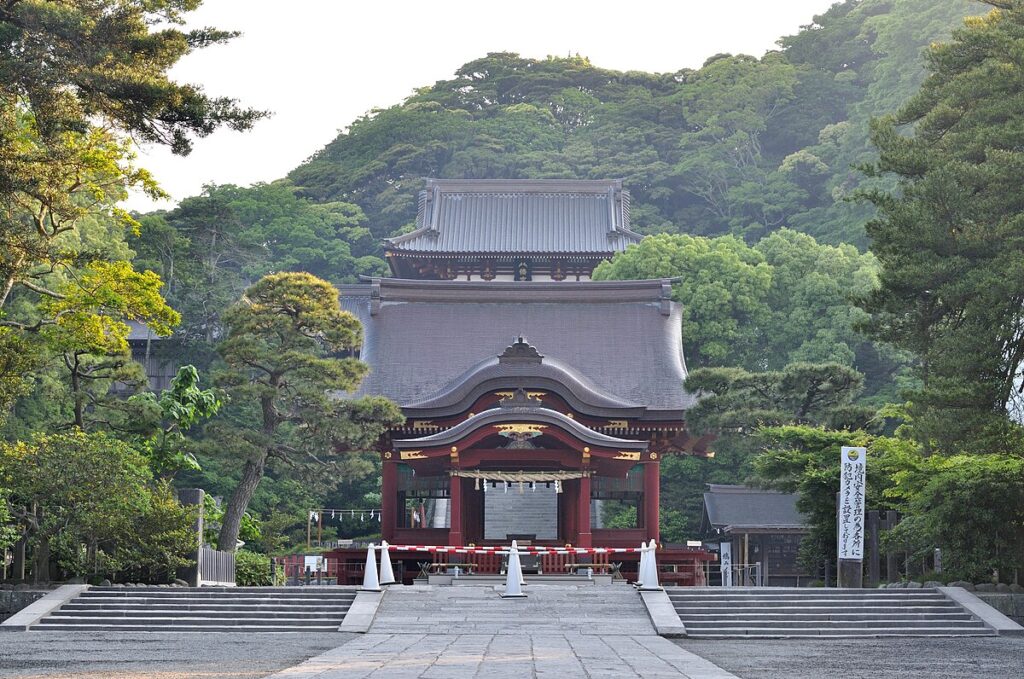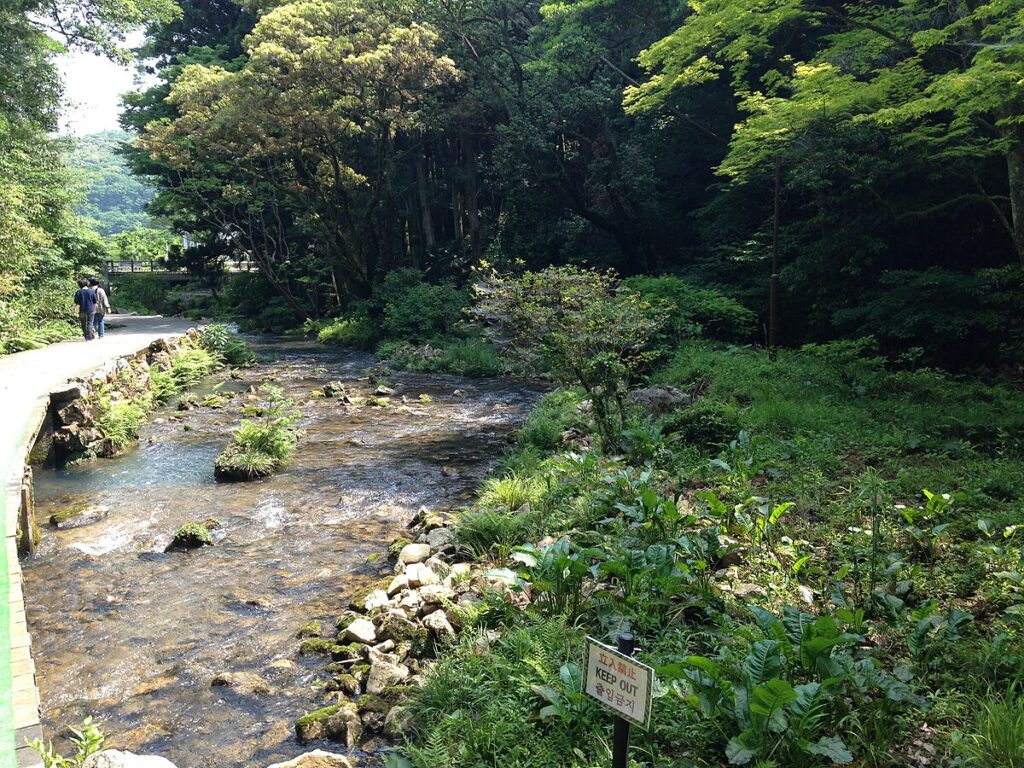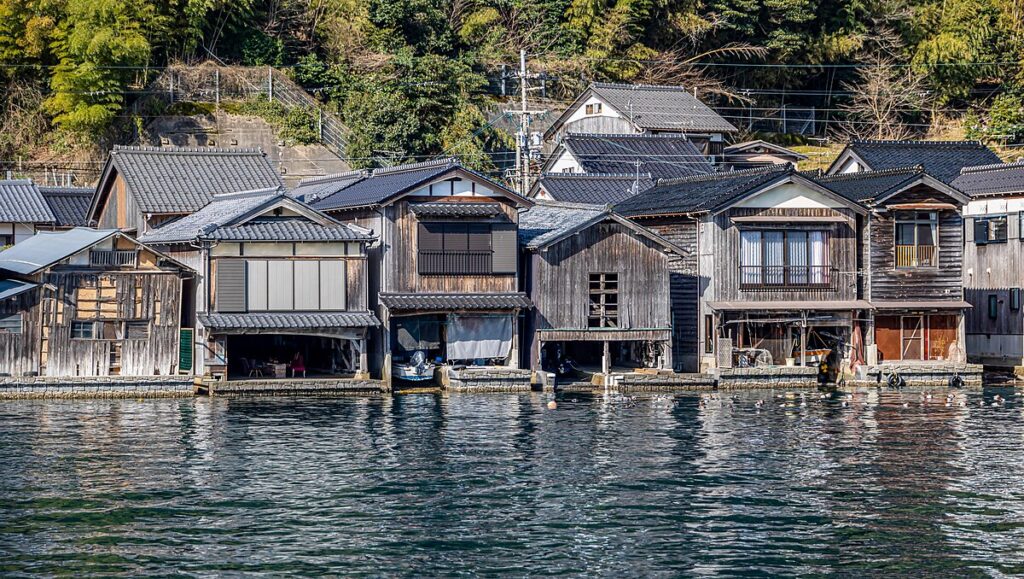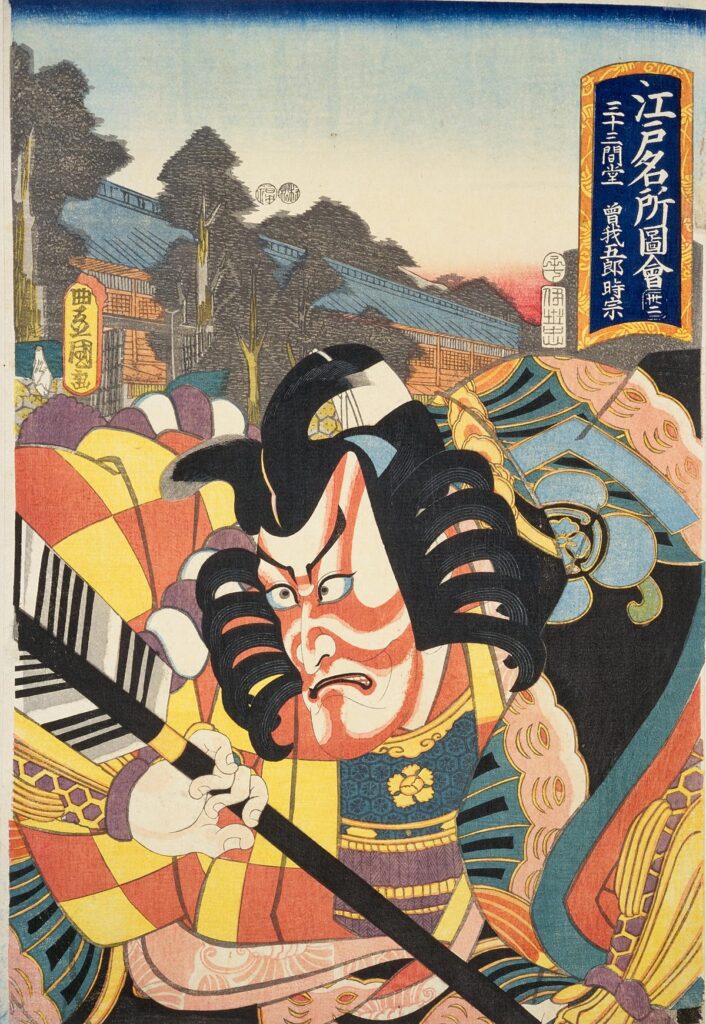-

Lake Mashu (Teshikaga Town, Hokkaido)
Lake Mashu (Teshikaga, Hokkaido) — Overview (History, Features, and Attractions) Lake Mashu is a caldera lake located in Akan-Mashu National Park in eastern Hokkaido. Formed in a deep crater created by volcanic activity thousands of years ago, the lake's water is exceptionally clear and known for its beautiful "Mashu Blue" color. Early mornings and... -

Iya Kazura Bridge (Miyoshi City, Tokushima Prefecture)
Overview (History, Features, and Attractions) Iya Kazura Bridge is a traditional suspension bridge made of woven vines in Miyoshi City, Tokushima Prefecture. Its origins are said to date back to when people living in the deep mountainous Iya region built it as a practical bridge to cross to villages on the opposite bank or to reach mountain paths. -

Amanohashidate (Miyazu City, Kyoto Prefecture)
Overview (History, Features, and Attractions) - Amanohashidate is a 3.6km-long sandbar (a narrow strip of land formed by the accumulation of sand) located in Miyazu City, Kyoto Prefecture. It is a scenic spot that is counted as one of Japan's Three Most Viewed Places. It appears in ancient texts such as the Kojiki and Nihon Shoki, and is deeply connected to mythology and classical literature. -

Yokohama Red Brick Warehouse (Naka Ward, Yokohama City, Kanagawa Prefecture)
Yokohama Red Brick Warehouse (Naka Ward, Yokohama City, Kanagawa Prefecture) Address: 1-1 Shinko, Naka Ward, Yokohama City, Kanagawa Prefecture 231-0001 (Please use this as a guide to the area) Overview (History, Features, and Attractions) The Yokohama Red Brick Warehouse is a multi-purpose cultural facility utilizing a historic building that dates back to the opening of Yokohama Port. The brick... -

Tojinbo (Sakai City, Fukui Prefecture)
Overview (History, Features, and Attractions) Tojinbo is a scenic cliffside spot facing the Sea of Japan in Mikuni Town, Sakai City, Fukui Prefecture. Its unique landscape, characterized by a series of columnar joints (rocks split into columns), creates a majestic view of the Sea of Japan, with the contrast between the rough waves and the sheer rock face... -

Tsurugaoka Hachimangu Shrine (Kamakura, Kanagawa Prefecture)
Tsurugaoka Hachimangu Shrine (Kamakura, Kanagawa Prefecture) Overview (History, Features, and Attractions) Tsurugaoka Hachimangu Shrine is a representative shrine located in the center of Kamakura City. Its origins date back to the Heian and Kamakura periods, and it was established in its current location by Minamoto no Yoritomo, who later became the samurai's... -

Akiyoshido Cave (Mine City, Yamaguchi Prefecture)
Akiyoshido Cave (Mine City, Yamaguchi Prefecture) — Overview (History, Features, and Attractions) Akiyoshido Cave, located in Mine City, Yamaguchi Prefecture, is one of Japan's largest limestone caves and a popular tourist destination, stretching underground beneath the Akiyoshidai Karst Plateau. Visitors can see the vast underground chambers, stalactites, and underground rivers... -

Ine Funaya (Ine Town, Yosa District, Kyoto Prefecture)
Overview (History, Features, and Attractions) Ine Funaya (Ine Town, Yosa District, Kyoto Prefecture) is a fishing village known for the two-story boathouses that line the indented coastline of Ine Bay. The first floor of each boathouse is a garage where boats can be loaded and unloaded, and the second floor is a residence, making it a popular fishing and... -

Sanjusangendo Temple (Higashiyama Ward, Kyoto City, Kyoto Prefecture)
Sanjusangen-do (Higashiyama Ward, Kyoto City, Kyoto Prefecture) Overview (History, Features, and Attractions) Sanjusangen-do (official name: Rengeo-in) is one of Kyoto's most representative temples, conveying the history of the Heian to Kamakura periods. Its name comes from the number of spaces between the pillars of the main hall, which is 33 ken... -

Takayama Jinya (Takayama City, Gifu Prefecture)
Overview (History, Features, and Attractions) Takayama Jinya is a historic building that served as a magistrate's office and jinya for governing Hida Province (present-day northern Gifu Prefecture) during the Edo period. As the base for local administration during the Edo period, it was responsible for inspecting taxes, litigating lawsuits, and coordinating civil affairs...



